Guest Blogger: Mike Cline, Bozeman, Montana
Over the last few years posting topics for the J. Stockard Blog, I’ve done a number of posts entitled: Simple Flies. Simple Flies are flies that are easy to tie and effective on the water. Recently when I scored some primo pheasant tail clumps from an Ebay seller, it struck me that the “simple fly” logic might also apply to some fly tying materials. But instead of simplicity the driving adjective should be Versatile. Pheasant, in particular the feathers of the Common or Ring Neck Pheasant, couldn’t be more versatile—"able to adapt or be adapted to many different functions or activities” for the fly tyer.

History of Pheasant Feathers as Fly Tying Material
Common pheasants were introduced in North America in 1773, and have become well established throughout much of the Rocky Mountain states, the Midwest, the Plains states, as well as Canada and Mexico. The bird is widely targeted by upland game hunters, propagated by game managers and there’s no shortage of full skins as well as tails on the fly tying market. A couple of male tail feathers might cost about $5 while full tail clumps and full skins might run as high as $15. Tail feathers also come dyed in a variety of colors. Of course when one thinks about using pheasant as a fly tying material, the Pheasant Tail Nymph comes immediately to mind. This extraordinarily successful fly leverages the olive/brown iridescence of the tail fibers to craft extremely life-like nymph bodies. Indeed it is the highly contrasted, multi-colored iridescent feathers that can be found on the entire pheasant skin that makes this material so versatile. Having quality pheasant tails and full skins in your fly tying stash opens up all manner of opportunity and for adaption using this versatile material.

Examples of Fly Patterns Using Pheasant
What follows is a gallery of patterns that incorporate pheasant tail fibers and pheasant feathers in their construction. By no means complete, I leave it to the reader to adapt pheasant to their imagination.














